The Indian Space Research Organisation has achieved success after a long journey from transporting rocket parts on bicycles and bullock carts to the Chandrayaan-3 mission.
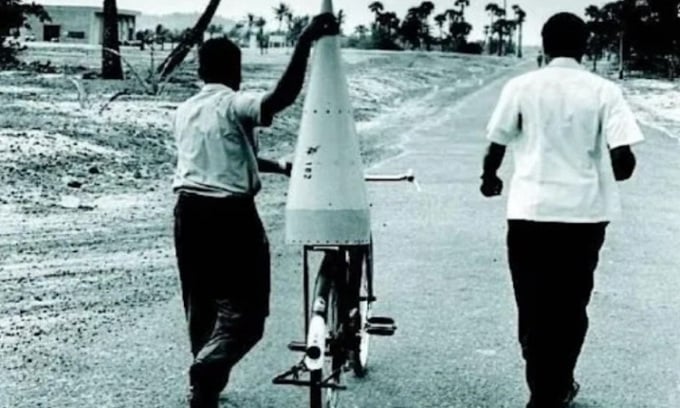
ISRO's first rocket component is transported by bicycle to the launch site. Photo: ISRO
August 23 was a big day for India and space exploration . The Indian Space Research Organization (ISRO)'s Chandrayaan-3 spacecraft successfully landed on the Moon, making India the fourth country after the United States, the Soviet Union, and China to have a soft landing on the Moon using a robotic craft, according to Space News .
The smooth landing also made Chandrayaan-3 the first spacecraft to touch down on the Moon’s south pole. India achieved the feat shortly after Russia’s Luna 25 spacecraft lost control and crashed into the lunar surface. Time was of the essence here, as Chandrayaan-3 is solar-powered and designed to last for one lunar day, or 14 Earth days. During that time, the spacecraft is expected to carry out a series of experiments, including analyzing the mineral composition of the lunar surface using a spectrometer, before going dark at the end of the lunar day.
While both Luna 25 and the Vikram lander on Chandrayaan-3 carry instruments designed to study the surface, exosphere, water, and minerals, including helium-3, the main difference between the two vehicles is that the Russian craft is scheduled to operate for one Earth year. Luna 25 is equipped with a radioisotope thermonuclear generator, which provides heat and power, while the Vikram lander and the Pragyan rover will not be able to survive the lunar night.
The success of the Chandrayaan-3 mission marks a major milestone, because it is the first spacecraft to land on the Moon's south pole, a region containing water ice and many valuable minerals. This pioneering achievement is of particular significance, as data from the experiments will help support future lunar missions.
Chandrayaan-1, a spacecraft that orbited the Moon in 2008, was India's first attempt to launch a spacecraft beyond Earth. It was the first mission to detect water on the Moon's surface, which had a major impact on the space exploration plans of both the United States and China. The lunar south pole is also the landing site for the US Artemis 3 mission. Scientists have long speculated that hidden craters in this area may contain large amounts of water ice, which could be exploited for a variety of purposes. The Chandrayaan-1 mission's discovery helped prove the hypothesis.
From transporting rocket parts on bicycles and bullock carts to the Chandrayaan-3 mission, the story of ISRO's development reads like a movie script. Indian Prime Minister Narendra Modi shared on Twitter on July 14: "Chandrayaan-3 writes a new chapter in India's space adventure. The spacecraft flies high, giving wings to the dreams and ambitions of every Indian. This momentous achievement is a testament to the tireless dedication of our scientists."
ISRO’s history is one of tenacity, innovation and collaboration. Established in 1969, ISRO has maintained a remote sensing programme since 1988, providing valuable Earth observation data at multiple temporal, spatial and spectral resolutions through a range of instruments. Its PAN camera was the highest resolution civilian camera until the launch of the Ikonos satellite by US-based DigitalGlobe in 1999.
ISRO has launched 124 spacecraft, including three to the Moon and one to Mars, and has supported the launch of 424 satellites from other countries. Its PSLV rocket is the leading choice for shared services, deploying 104 satellites in a single launch in 2017, a world record until it was surpassed by SpaceX’s Transporter-1 mission in 2021.
In 2018, ISRO completed its own navigation system called NavIC, joining a small group of countries with such capabilities (the US, Russia, China, the European Union, and Japan). NavIC was created out of concerns that global navigation satellite systems controlled by foreign governments might not provide service in certain situations, such as when the US in 1999 denied India’s request for GPS data in the Kargil region on the India-Pakistan border.
The Chandrayaan missions represent a continuation of this tradition. The successful launch of the GSLV Mk-III rocket carrying Chandrayaan-2 marked a turning point, demonstrating ISRO’s mastery of heavy-lift technology. Building on that achievement, Chandrayaan-3 raised the bar, revealing a future in which India could fully develop lunar missions within its capabilities.
ISRO's annual budget for 2023-24 is $1.5 billion, down 8% from its previous budget estimate, which includes science costs for missions like Chandrayaan-3 and the upcoming Aditya L1 mission to study the Sun. By comparison, NASA will receive $25.4 billion in fiscal 2023, up 5.6% from 2022.
ISRO’s technological prowess drew global attention in 2013 with the success of the Mars Orbiter Mission (MOM), also known as Mangalyaan. What made MOM stand out was not only the fact that it was the first successful attempt to send a probe to Mars, but also the mission’s extremely low cost of just $74 million. MOM remained in orbit for eight years, continuously observing the Martian surface until it was decommissioned in 2022. Similarly, the Chandrayaan-3 mission cost about $75 million, about the same as a SpaceX Falcon 9 launch.
Nine years after Chandrayaan-1, Chandrayaan-2 was launched in July 2019, but it failed. The spacecraft reached the lunar orbit as planned. The lander and rover were scheduled to land at the south pole, but crashed after deviating from their intended flight path. According to ISRO, the cause of the accident was a software glitch.
Chandrayaan-3 is essentially identical to Chandrayaan-2, with software issues fixed. The Chandrayaan-3 mission is sure to advance scientific research, enable groundbreaking experiments, and contribute to a better understanding of the Moon, including its composition, geology, and resource potential. It also lays the groundwork for other missions such as the Lunar Polar Exploration Mission (LUPEX), a collaboration between ISRO and the Japan Aerospace Exploration Agency (JAXA).
An Khang (According to Space News )
Source link






![[Photo] General Secretary To Lam attends the 80th Anniversary of the Cultural Sector's Traditional Day](https://vstatic.vietnam.vn/vietnam/resource/IMAGE/2025/8/23/7a88e6b58502490aa153adf8f0eec2b2)
![[Photo] Prime Minister Pham Minh Chinh chairs the meeting of the Government Party Committee Standing Committee](https://vstatic.vietnam.vn/vietnam/resource/IMAGE/2025/8/23/8e94aa3d26424d1ab1528c3e4bbacc45)

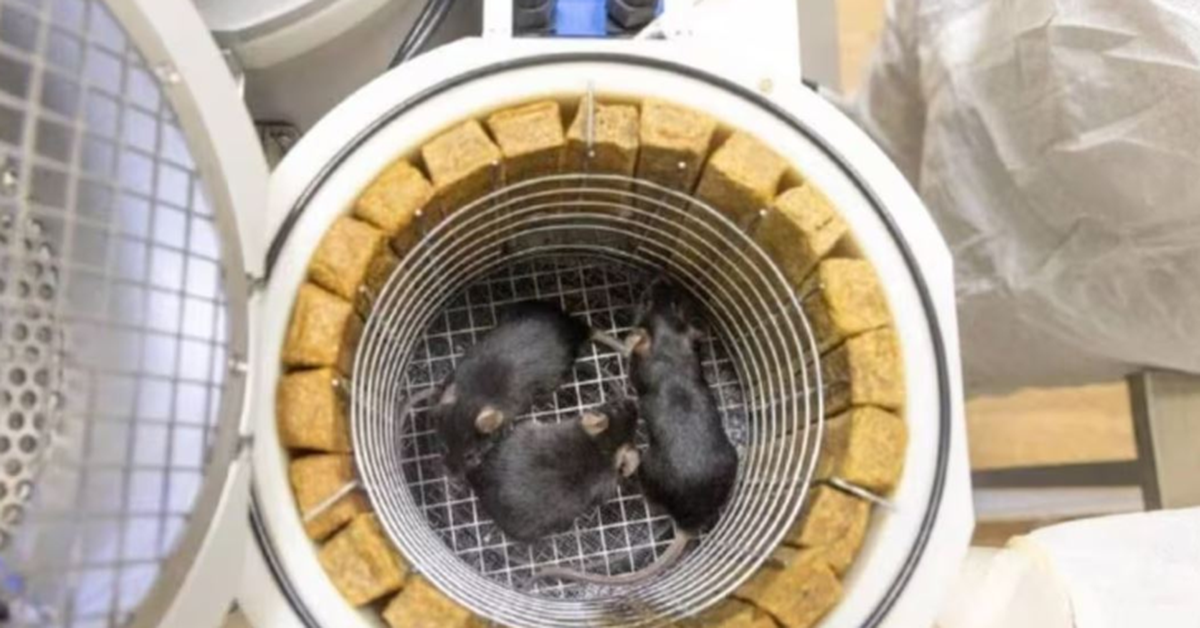

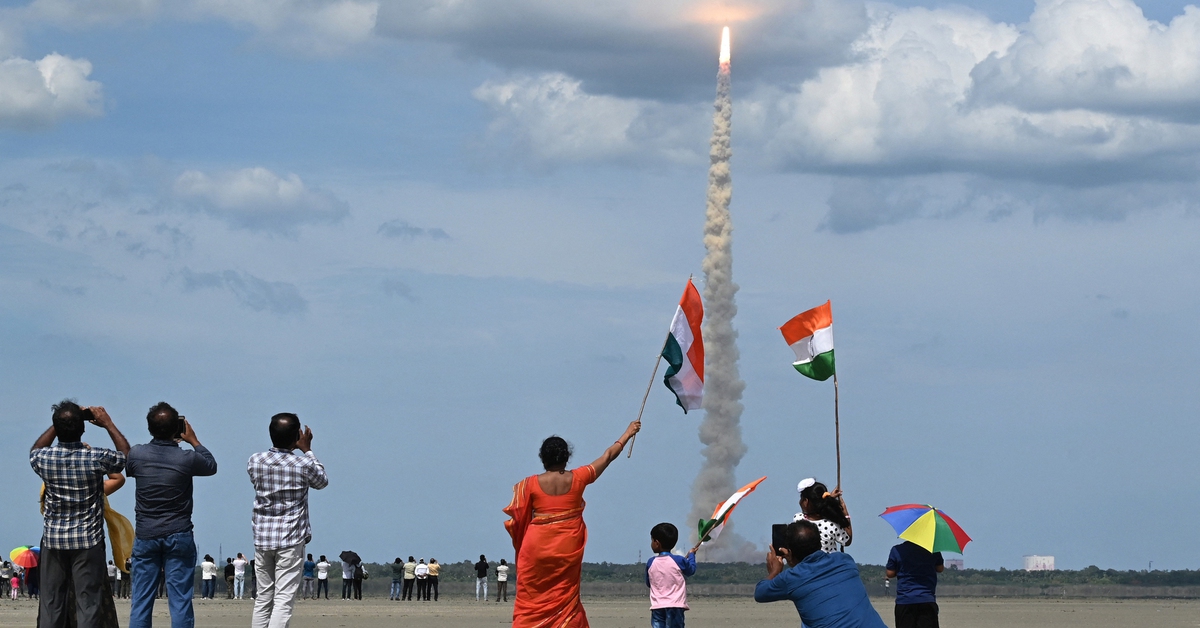
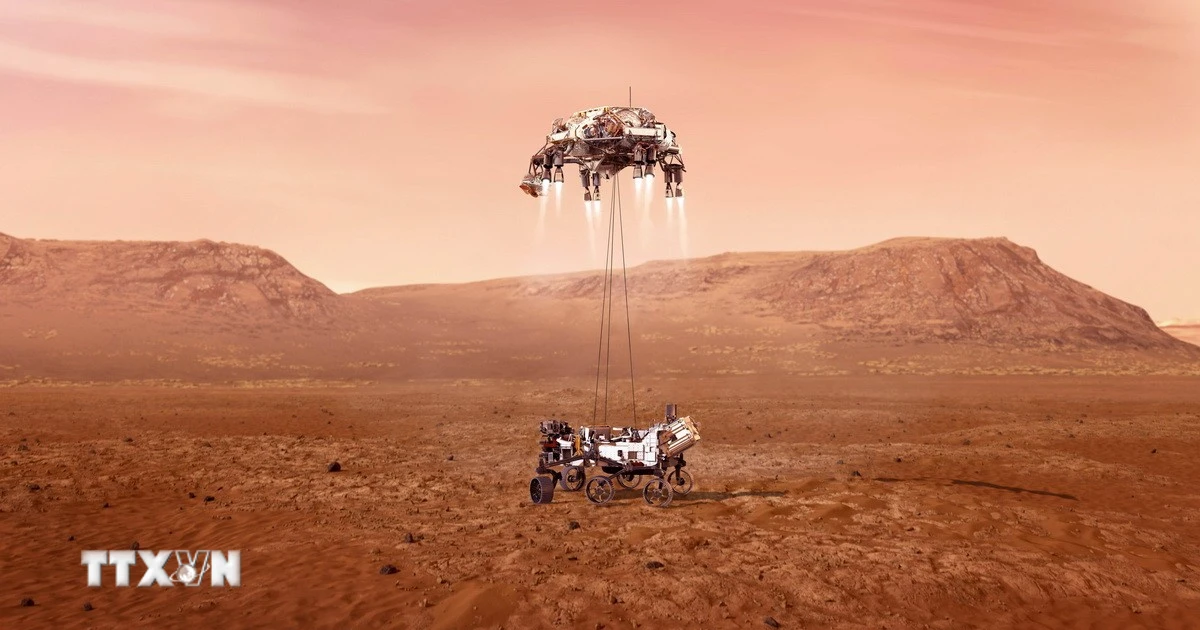

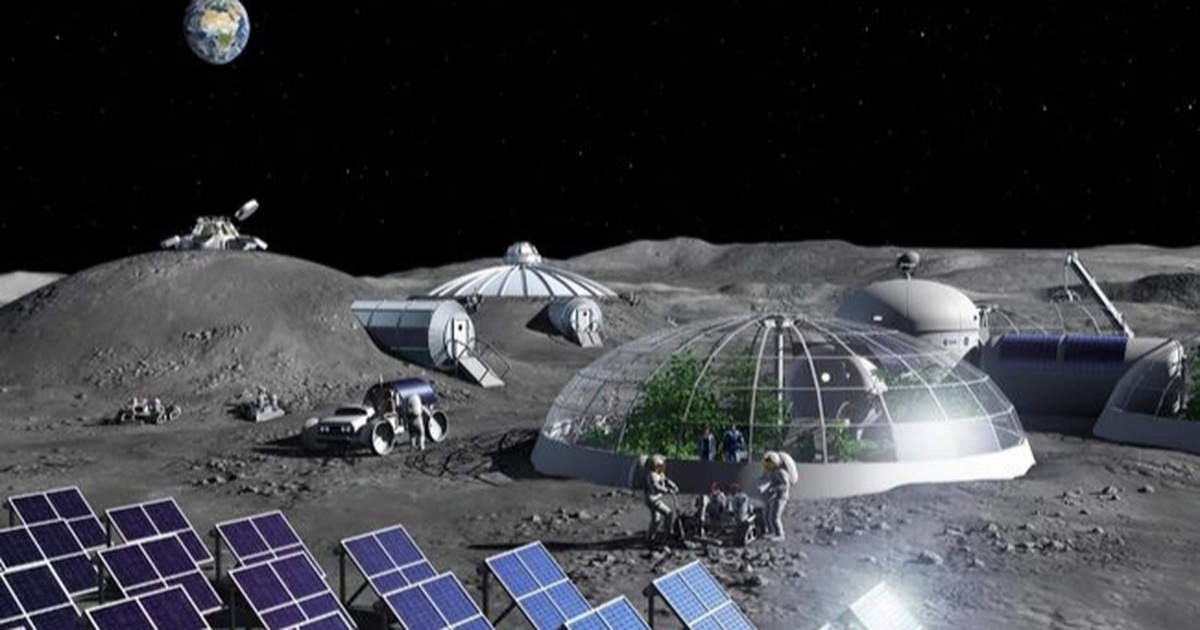


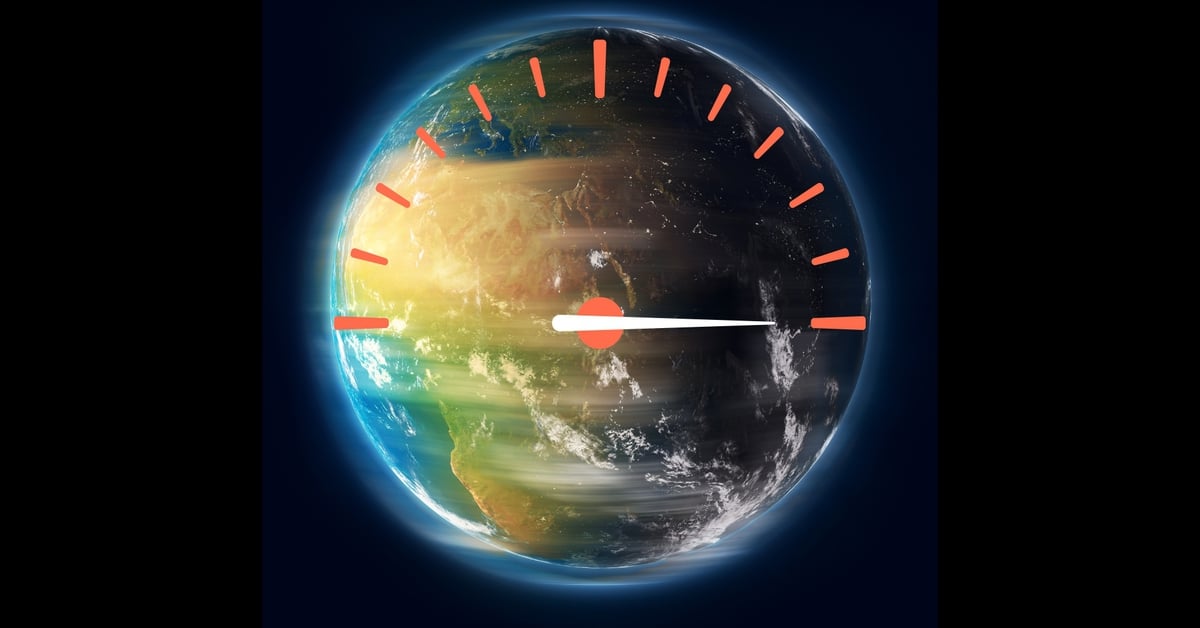







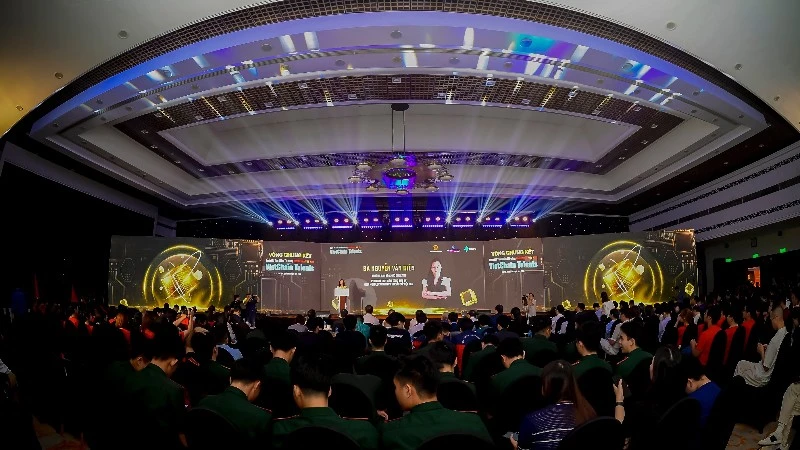










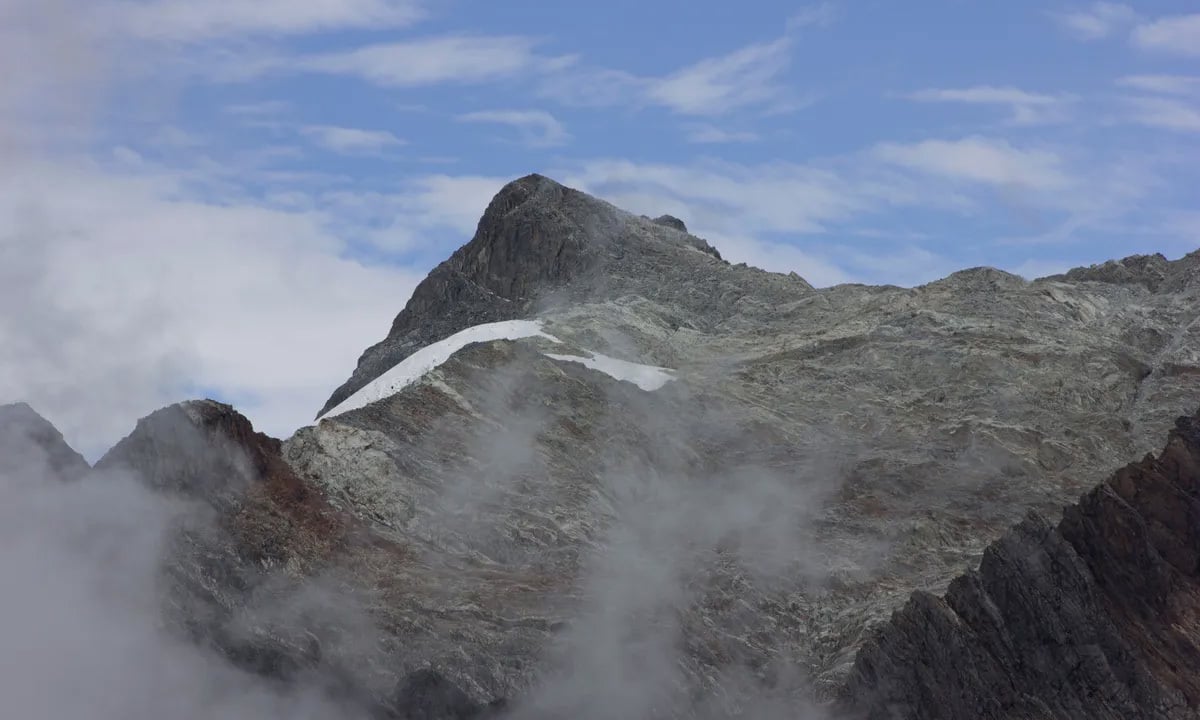









































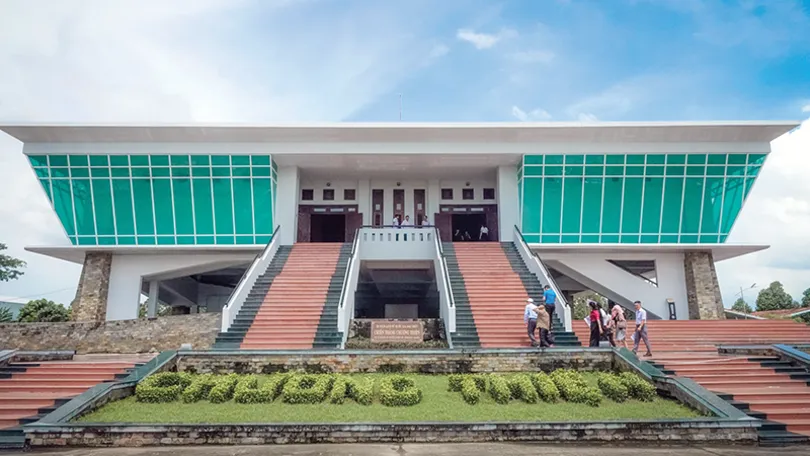


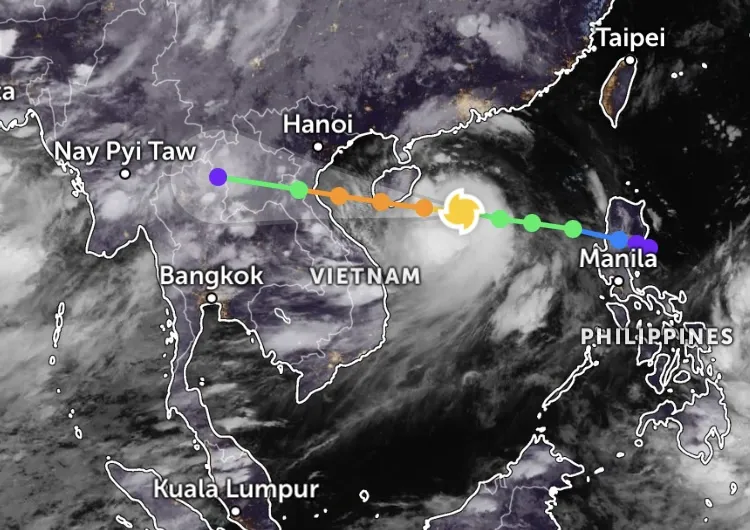
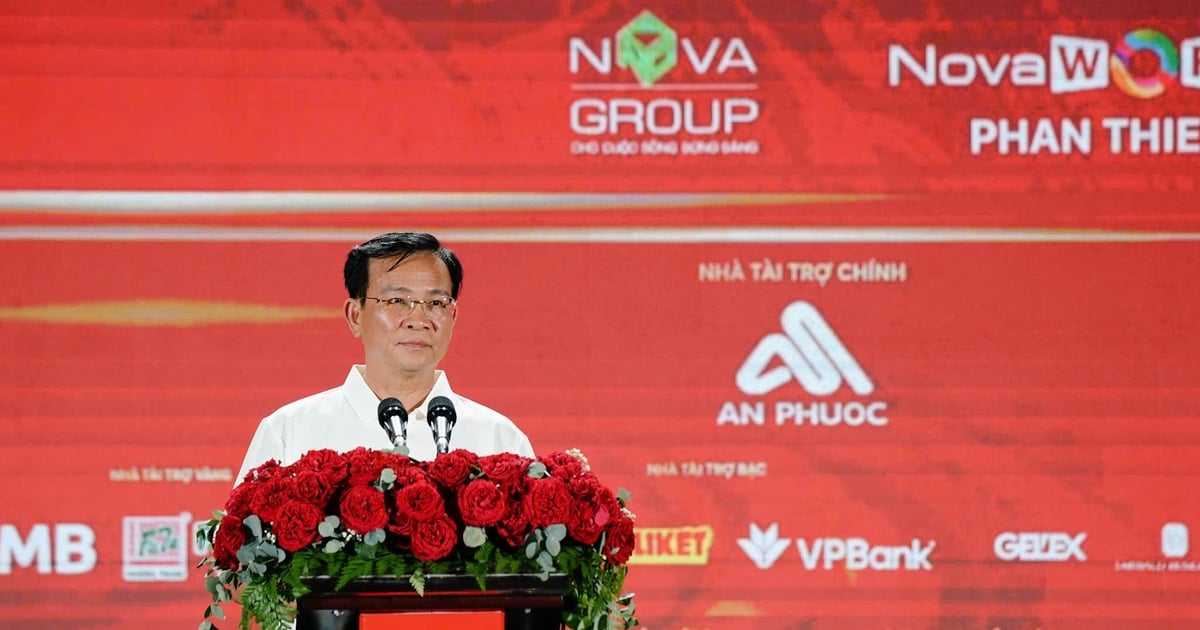



















Comment (0)